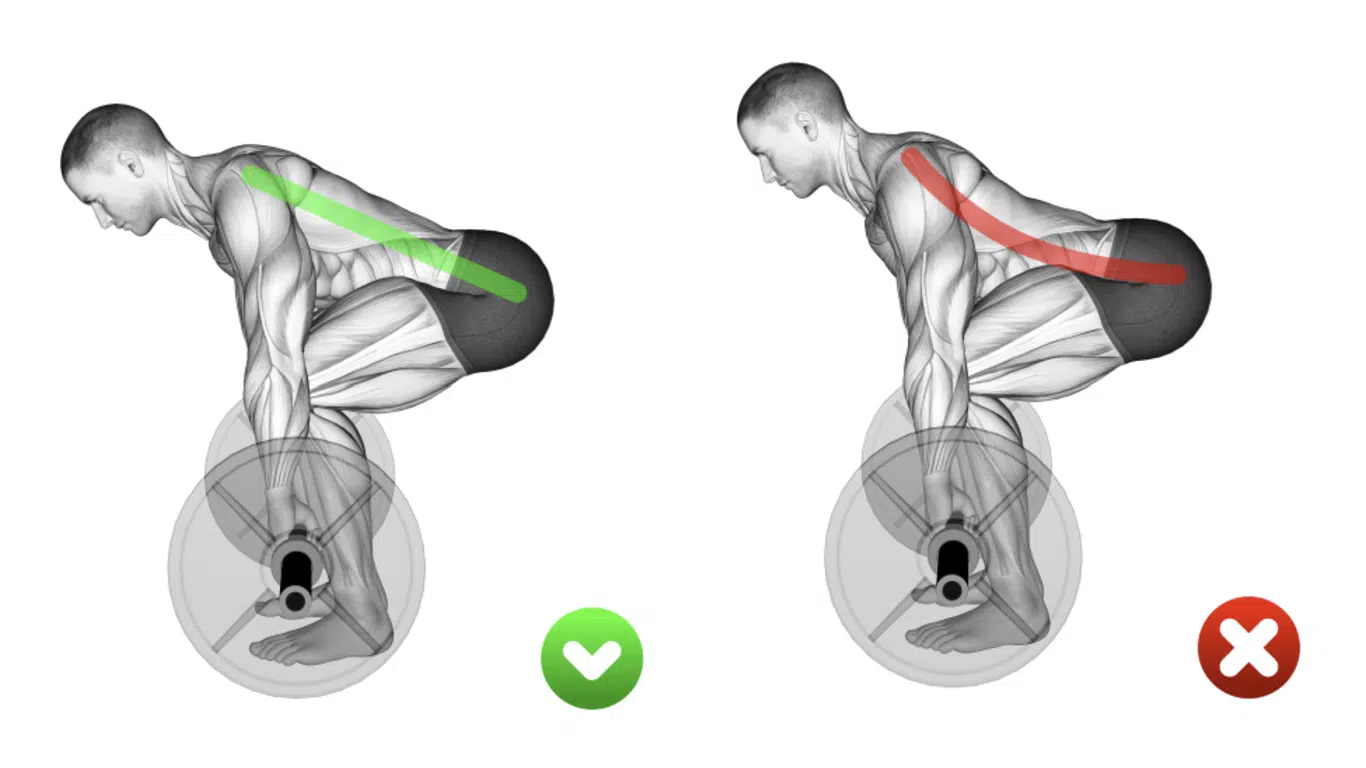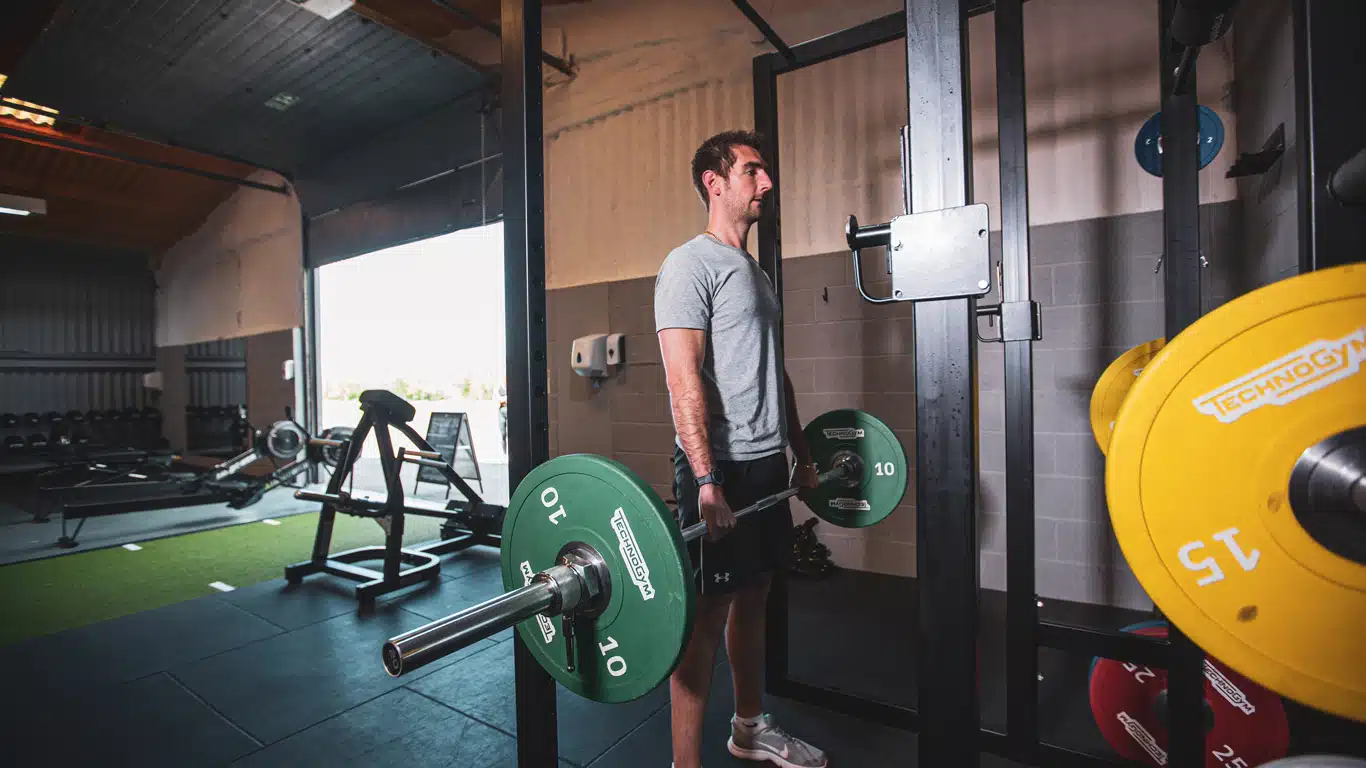In terms of the “compound lifts” that every person could and probably should incorporate into their resistance training routine, the deadlift ranks in the top two. Put another way, it’s often hailed as the king of compound exercises and everyone you know who has that Superhero physique does them.
But it’s more than just aesthetics. The deadlift promotes strength and stability throughout the body – making it one of the most effective all body movements you can do in the weights room.
Mastering the deadlift requires an understanding of its anatomy, proper form, and a structured progression. In this comprehensive guide, we’ll dissect the deadlift, providing insights on how to approach the exercise, advice for beginners, tips for progression, and common pitfalls to avoid.
Approaching the Deadlift: A Scientific Perspective
Science and experience back the notion that approaching a deadlift with a methodical mindset is paramount for success. According to a study published in the Journal of Strength and Conditioning Research, initiating deadlift training with an emphasis on proper technique, even with minimal load, significantly reduces the risk of injury while maximising muscle engagement (Camara et al., 2016).
Strength and conditioning expert Dr. Emily Splichal emphasises, “The deadlift is a compound movement that demands precision; each aspect of the lift engages various muscle groups, making form a non-negotiable priority.”
What does all this mean? It means that if you lift light and lift properly, you can activate all the muscles required, avoid injury and get all the benefits from performing the exercise. Heavy weights are not essential!
Form and Technique: Insights Backed by Studies
To perform the deadlift correctly you need to understand the science behind the lift. A study in the Scandinavian Journal of Medicine & Science in Sports corroborates the importance of maintaining a neutral spine during the deadlift, citing decreased lumbar stress and increased force generation when proper spinal alignment is maintained (Cholewicki et al., 1991). Basically, you have less chances of injury by keeping your back neutral in the lift. (Reduced curvature etc)
Renowned strength coach Mark Rippetoe reinforces this, stating, “A neutral spine is the linchpin of a successful deadlift. It’s not just about lifting the weight; it’s about optimising force distribution across the entire musculoskeletal system.”
To summarise – a neutral spine allows us to lift properly, reducing potential injury and giving all the muscles used the opportunity to be fully utilised.

Advice for Beginners: Trainers’ Wisdom
Trainers, armed with empirical knowledge, advocate a gradual and educational approach for beginners. Our own Owen Gardner advises that “mastering the foundational movements are essential. Don’t overdo it with weight, spend your time learning the movement and start slowly, eventually building it up.”
A study in the European Journal of Applied Physiology advocates a progressive overload strategy for novice lifters to develop strength and proficiency in the deadlift (McLester et al., 2001).
Progression Strategies: The Trainer’s Blueprint
Experienced trainers advocate diverse progression strategies to optimise deadlift performance. Dr. Mike Israetel, a leading exercise scientist, suggests incorporating phase potentiation into training cycles: “By strategically manipulating training variables, such as volume and intensity, we can systematically enhance deadlift performance over time.” This aligns with a study in the Journal of Sports Sciences, which highlights the efficacy of periodized training in promoting strength gains in compound movements like the deadlift (Stone et al., 2000).
Common Pitfalls to Avoid: Trainer Insights
Trainers, having witnessed numerous training scenarios, pinpoint common pitfalls in deadlift execution. They include;
A study in the Journal of Applied Biomechanics emphasises the association between lumbar spine flexion and increased injury risk during deadlifting (Mika et al., 2015). This reinforces the critical need for maintaining a neutral spine and avoiding form deviations.
The anatomy of a deadlift is a symphony of science and strength.
Scientific studies and expert quotes converge to underline the importance of meticulous form, progressive strategies, and avoidance of common pitfalls. By integrating these insights, enthusiasts can embark on a deadlift journey that not only enhances physical prowess but also safeguards against potential injuries. As the scientific understanding of the deadlift continues to evolve, so too does the potential for individuals to unlock and optimise their strength through this foundational exercise.

